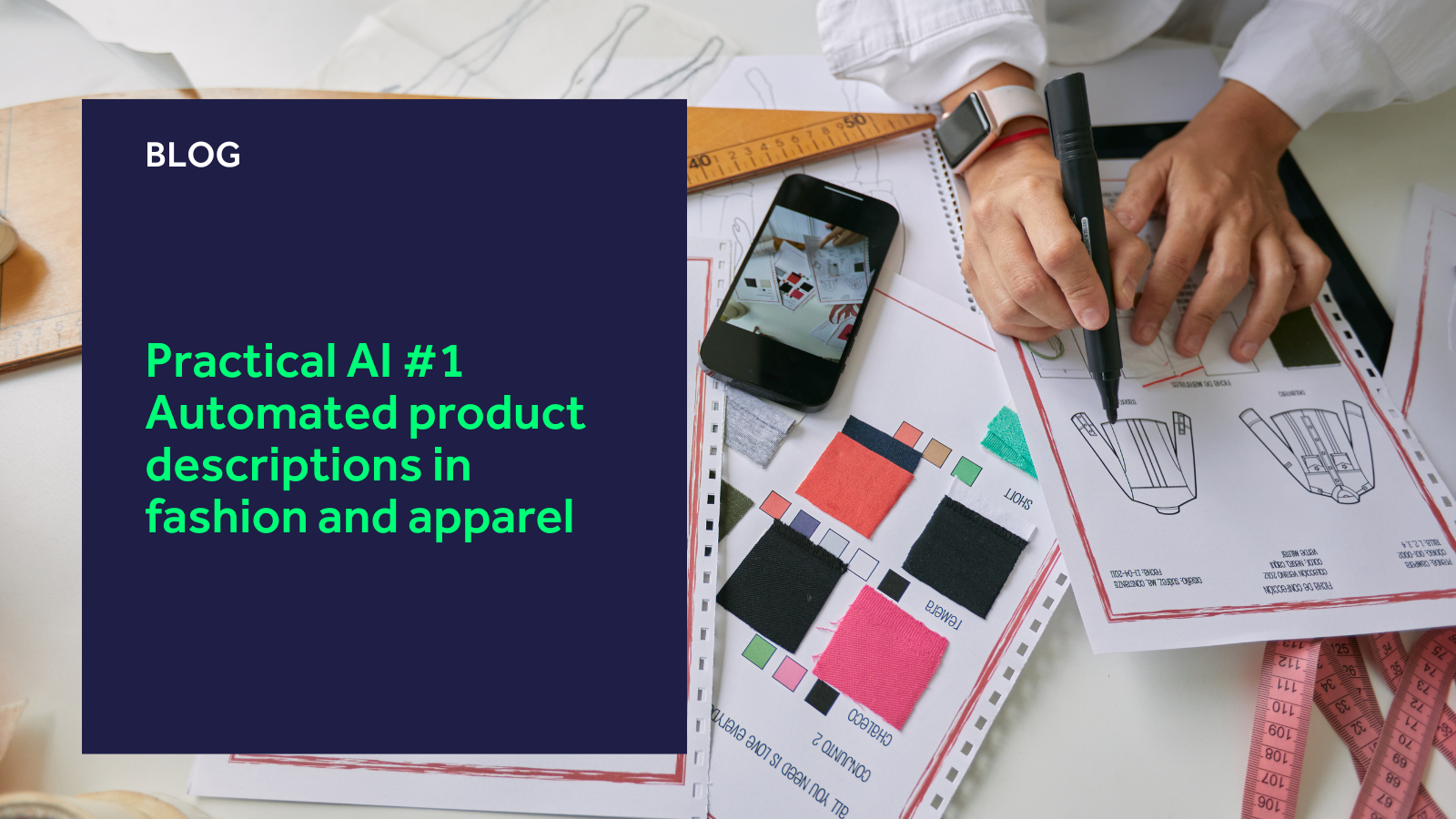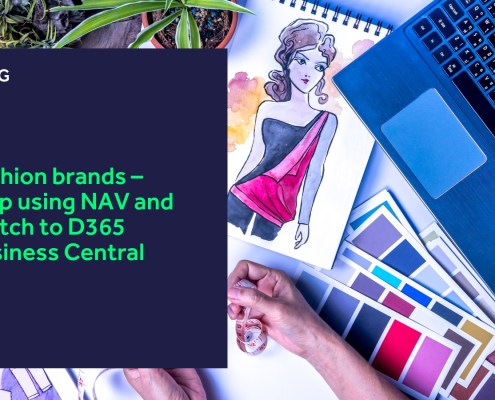AI has continued to dominate headlines and discourse since the explosive introduction of OpenAI’s ChatGPT at the end of 2022, sparking excitement and fear in equal measure.
Many are concerned that the advent of AI could spell the end of countless jobs, while others salivate at the potential of the technology.
Back in 2019, experts had touted that AI would gradually replace human jobs, and we’d all relish this prospect.
But today, the reality seems somewhere in the middle.
AI is a tool that requires human intervention
While AI could eliminate the need for scaled human workforces in the future, today, its application aligns with a powerful tool. To see success, human intervention and the right surrounding tools are required to ensure consistent results.
Copywriters, for example, can utilise AI and machine learning tools to conduct research and generate ideas; however, AI makes mistakes, and it lacks authenticity.
It alone is not sufficient to write copy endlessly, but it can be wielded to scale content frequency.
This is where we see one of the earliest and most practical use cases for AI within the fashion and apparel industry.
Fashion brands produce countless collections per year, each comprising hundreds, if not thousands, of item variants. These goods are offered to shoppers through various channels, like eCommerce and Point of Sale (POS) hardware.
The problem with these channels, however, is that every individual item must have an accompanying description to provide more information to customers.
These descriptions could include the item’s colour, the fabrics used, and whether any buttons are featured.
Product owners and copywriters are tasked with producing the extensive text for these items.
Such work is critical to ensure brand relevance, but it is an incredibly manual and laborious task, lacking efficiency and scale.
Tools that provide image analyses paired with ChatGPT4 can significantly alleviate this pain by automatically determining a product’s attributes and generating the description.
Start small, start now
AI may not yet be in a state to remove scaled workforces, but there is an opportunity for brands to successfully implement it throughout key business processes by treating it as a business strategy, rather than a technology project.
The key is to start small, identifying a few opportunistic areas to test and learn, then scale.
In the fashion and apparel industry, many leading brands still rely on Excel spreadsheets to manage key operational processes. Relying on antiquated systems is inefficient, causing data confusion that is nightmarish to sift through.
So ask yourself this: if a company lacks data visibility or proper organisational buy-in, are they really ready to recognise the scaled value of AI?
Without the right foundational architecture, strategy and a reliance on dated systems and processes, broadly applying AI will fail. It cannot be supported properly under these conditions.
Fortunately, there are practical steps for brands to take to be “AI-ready”… like getting their house in order.
Fashion-focused ERP systems offer brands an easy and efficient way to unify their disparate data sources into one location and gain a single version of the truth.
These systems offer best-in-suite functionality, like matrix layouts, compositions, colour, size and fit handling, and product lifecycle management, transforming back-office operations.
K3 Fashion, fully embedded in Microsoft D365 Finance, Supply Chain Management and Commerce, is one example that empowers brands to own their operations from source to consumer.
Our team has integrated an image analysis tool and ChatGPT4 into the solution’s matrix functionality to enable brands to effortlessly and automatically generate product descriptions.
We have purposefully implemented AI across core platform features to eliminate complexity and deliver scale to our customers.
Automated product descriptions in action
Without delving too deep into the specificities, K3 Fashion broadly automates product descriptions in four key steps:
- Image analysis
- Attribute definition
- Automatic product description generation
- Automatic translation into required languages, facilitated by Microsoft’s cognitive service
The solution contains a dynamic image uploader tool, which allows brands to quickly add images of their products into their ERP system. Once images have been uploaded, users can run them through the image analysis pool.
Subsequently, the image analysis tab will show a unique ID for the products analysed, displaying tags it has identified for the items, accompanied by a “confidence percentage” ranking to ensure accuracy.
These tags correspond to attributes that define a product, such as the style, colour, materials used, and whether it includes buttons. Users can verify the attributes, change the confidence percentage and update the tags when satisfied.
Additionally, the solution can run an API call to either OpenAI or Azure OpenAI, depending on the preferred subscription, to automatically generate a product description based on the attributes found in the image analysis pool that users have selected.
The steps described above are intuitive and easy to follow, enabling users to remove the manual processes associated with product description creation.
Automatic product descriptions represent the first of many use cases K3 has launched. We look forward to sharing more on our endeavours with new entries to come in our Practical AI series.
In the meantime, if you’d like to learn more about K3 Fashion, feel free to drop us a line today.
 https://www.k3btg.com/wp-content/uploads/2024/03/K3-strengthens-global-market-position-blog-header.png
900
1600
Jordan Heal
https://www.k3btg.com/wp-content/uploads/2022/03/K3_Master_Colour_RGB.svg
Jordan Heal2024-03-11 10:58:242025-02-21 14:37:51K3 Fashion Portfolio strengthens global market position as Tony Bryant spearheads new role
https://www.k3btg.com/wp-content/uploads/2024/03/K3-strengthens-global-market-position-blog-header.png
900
1600
Jordan Heal
https://www.k3btg.com/wp-content/uploads/2022/03/K3_Master_Colour_RGB.svg
Jordan Heal2024-03-11 10:58:242025-02-21 14:37:51K3 Fashion Portfolio strengthens global market position as Tony Bryant spearheads new role

